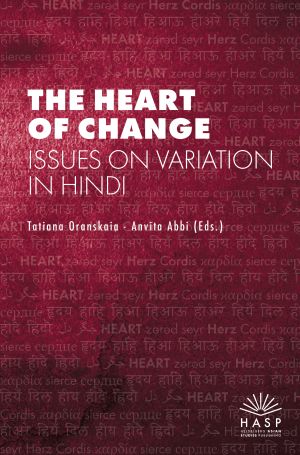Zitationsvorschlag
Lizenz (Kapitel)

Dieses Werk steht unter der Lizenz Creative Commons Namensnennung - Weitergabe unter gleichen Bedingungen 4.0 International.
Identifier (Buch)
Veröffentlicht
To Link or Not to Link?
Variation in Using Discourse Markers in Hindi
The paper attempts to understand some specific features and variability of discourse markers in Hindi through a linguistic experiment. Adopting the approach suggested by Vadim Kasevič (2014) to Hindi data, I will distinguish the following discourse markers (DMs): bhī ‘also’, ‘even’ and lekin/par ‘but’ as connectives, hī ‘only’, ‘particularly’, ‘just’, ‘exactly’ and to ‘indeed’, ‘sure’ as emphatic particles, and to ‘but’, ‘as for’ as the contrastive topic marker. Interjections, modal and parenthetical words, often treated in the literature as DMs, will not be discussed here.
In the experiment, the respondents received a fragment of a short story in Hindi with the DMs extracted. The hypothesis was that the absence of DMs might stimulate the native speakers to reconstruct them. At the same time, substantial variability in reconstruction was also expected. The results demonstrated that Hindi DMs were highly variable in terms of their frequency, location, and selection from the set of lexical items, occasionally resulting in a change to the initial message or text structuring.
We may conclude that although the DMs are not autosemantic words, their role is not that of mere fillers and they truly provide text integrity and coherence.
Keywords discourse markers, text coherence, Hindi, linguistic experiment, variability









